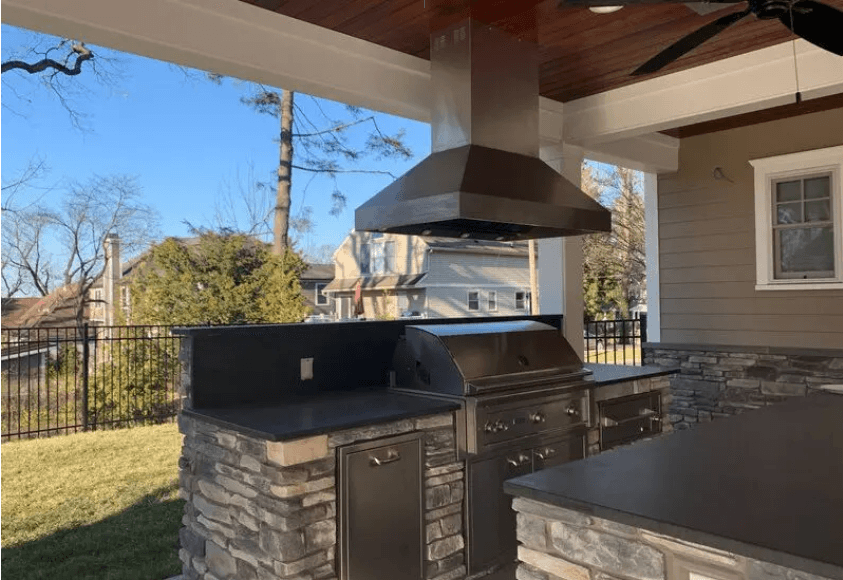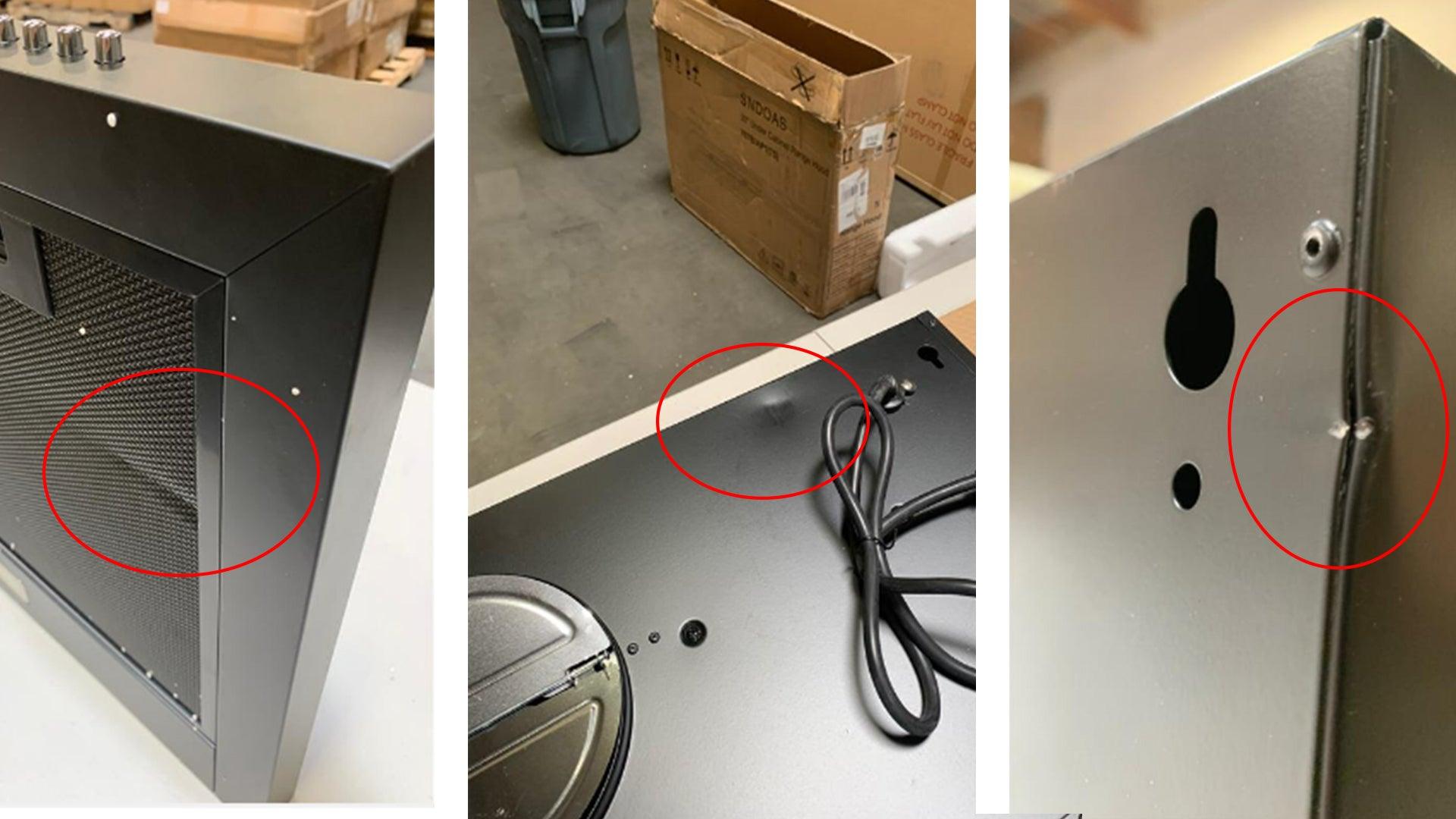In the bustling world of kitchen appliances, where functionality and aesthetics often take the limelight, finding a range hood that quietly eliminates cooking odors and airborne particles can be a challenge. However, if you prioritize peace and tranquility in your culinary haven, fear not! In this blog post, we will delve into the realm of whisper-quiet range hoods and explore the technology and features that make them the perfect companion for a serene kitchen environment.

Section 1:
Understanding Range Hood Noise: Before we embark on our journey to find the quietest range hood, it's crucial to understand the sources of noise in these appliances. Range hoods typically produce noise through two primary mechanisms: the sound of airflow and the noise generated by the motor. Airflow noise is caused by the movement of air through the ducts and can be reduced through thoughtful design and insulation. Motor noise, on the other hand, arises from the fan motor and can be minimized through the use of high-quality, vibration-resistant components.
Section 2:
Innovations in Noise Reduction Technology: The demand for silent range hoods has prompted manufacturers to develop cutting-edge technologies that prioritize noise reduction without compromising performance. Some of these innovations include:
-
Soundproofing Materials: Certain range hood models incorporate sound-absorbing materials, such as foam insulation or noise-dampening panels, to minimize noise transmission and create a more peaceful cooking environment.
-
Variable Fan Speeds: Range hoods equipped with variable fan speed settings allow users to adjust the airflow according to their cooking needs. By operating the fan at lower speeds during lighter cooking tasks, noise levels can be significantly reduced.
-
Brushless DC Motors: Traditional range hoods often utilize motors with brushes that can generate noise over time. However, the emergence of brushless DC motors has revolutionized the industry. These motors offer quieter operation, enhanced durability, and energy efficiency.
Section 3:
Choosing the Quietest Range Hood: When selecting a range hood for a peaceful kitchen experience, consider the following factors:
-
CFM Rating: Cubic Feet per Minute (CFM) measures the airflow capacity of a range hood. Opt for a hood with a higher CFM rating as it can effectively eliminate odors and airborne particles at lower fan speeds, resulting in reduced noise levels.
-
Noise Levels: Manufacturers often specify the noise level in decibels (dB) produced by their range hoods. Look for hoods with lower dB ratings, ideally below 60 dB, for a quieter operation.
-
Ducted or Ductless: Ducted range hoods vent air outside, which can help reduce noise levels inside the kitchen. If ducting is not feasible, select a ductless range hood with efficient filtration systems to minimize noise and ensure effective air purification.
-
Design and Construction: Opt for range hoods with solid construction and features that reduce vibration and resonance. Look for models with insulated motor housings and well-sealed duct connections to minimize noise transmission.




Leave a comment
All comments are moderated before being published.
This site is protected by hCaptcha and the hCaptcha Privacy Policy and Terms of Service apply.